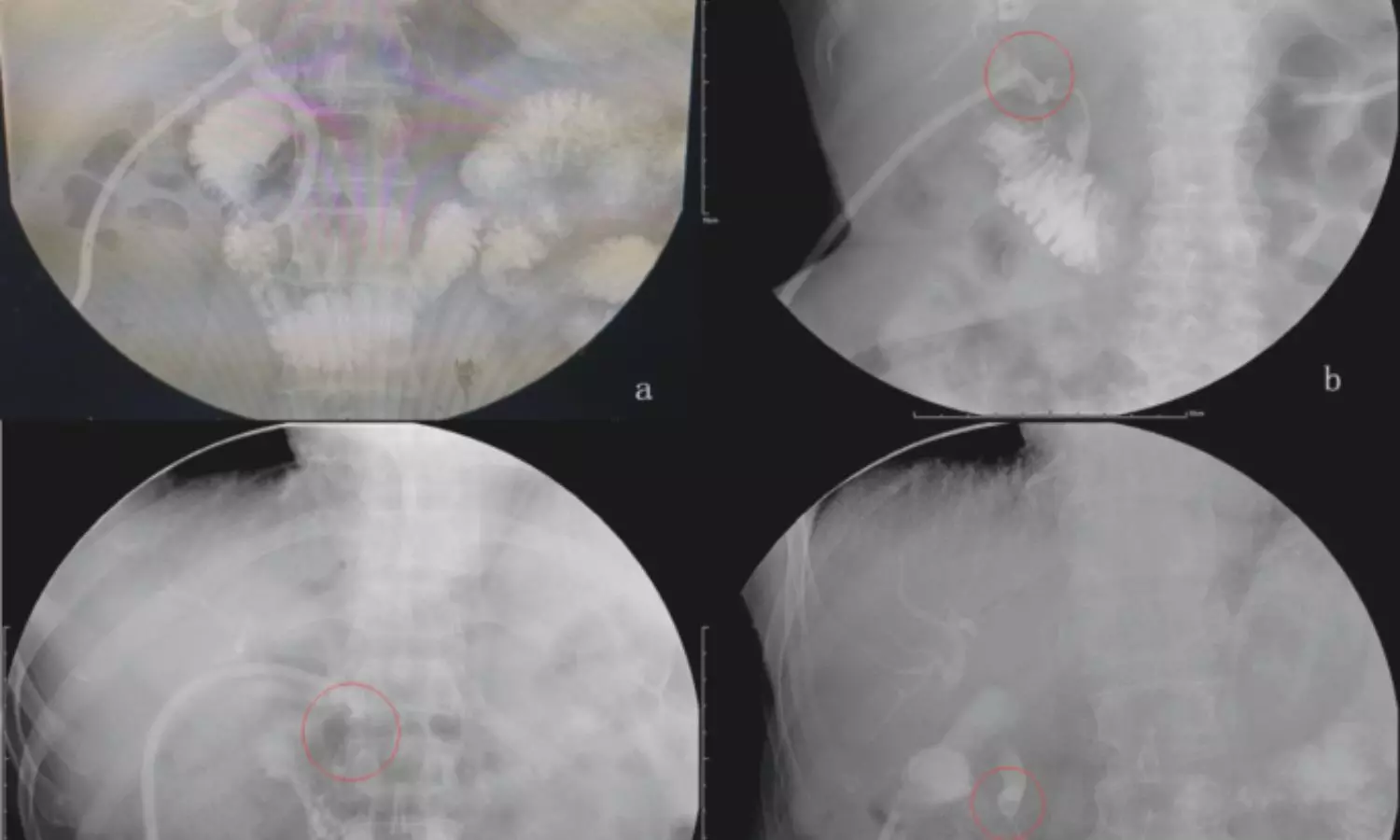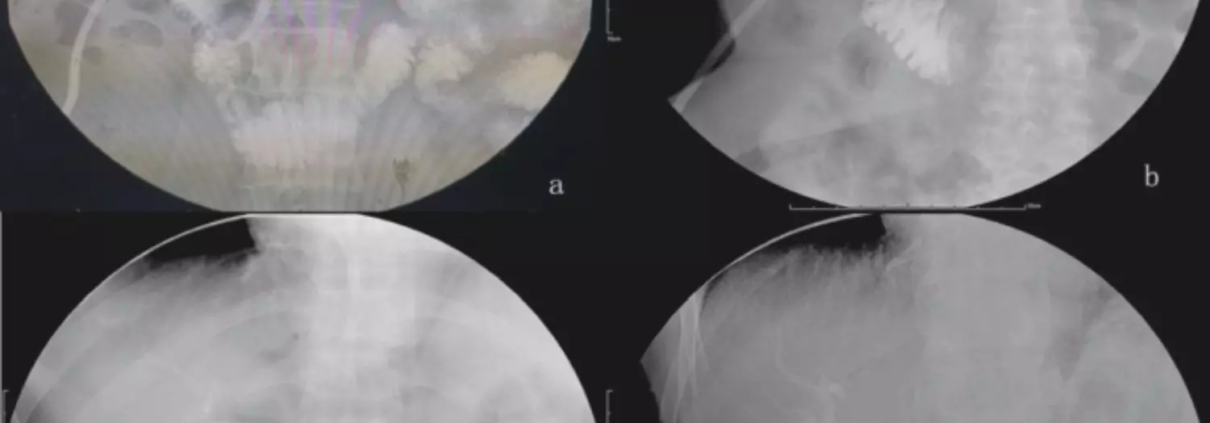Routine Cholangiography during cholecystectomy associated with reduced bile duct injuries: Study

A recent ground-breaking study
found that routine cholangiography reduced the odds of bile duct injuries and
increased the chance of intraoperative recognition of major bile duct injuries
in individuals while undergoing cholecystectomy as per results that were
published in the journal JAMA Surgery.
Cholecystectomy is one of the most
common surgeries performed globally. Intraoperative cholangiography (IOC) is an
integral component of cholecystectomy and is performed either routinely or
selectively. Routine cholangiography (RC) is advocated to avoid systemic bile
duct injuries (BDI) during cholecystectomy and increase the quality of life. However,
it is associated with increased costs due to invasive testing and increased
postoperative imaging. Selective cholangiography (SC) is done in certain cases,
citing long operative times and costs as one of the factors. As there is an
ambiguity regarding the use of selective or routine cholangiography, researchers
conducted a comparative study to understand the perioperative outcomes of
cholecystectomy between surgeons who routinely vs selectively perform IOC.
A retrospective cohort study was
carried out from January 2015 through June 2023 within the Cleveland Clinic
Enterprise. About 18 hospitals and nine ambulatory surgery centers in 2 states Ohio
and Florida, were included. The study included adult patients who underwent
cholecystectomy for benign biliary disease. Routine cholangiography is defined
as more than 70% of cholecystectomies performed with IOC per surgeon over the
study period.
Findings:
- A total of 134 surgeons performed 28,212
cholecystectomies with 10,244 in the RC cohort. - The mean age of participants in the RC cohort
was 52.71 years. - About 17,968 participants were included in the
SC cohort. - The mean age of the participants was 52.33 years.
- There were about 26 major BDIs (0.09%) and 105
minor BDIs (0.34%). - RC was associated with decreased odds of major
BDI and minor BDI compared with SC patients and surgeon characteristics were
controlled. - The intraoperatively RC cohort was associated
with more recognition of major BDIs than the SC cohort. - RC was not significantly associated with
increased perioperative endoscopic retrograde cholangiopancreatography
utilization or negative ERCP rate.
Thus, the study concluded that
routine cholangiography significantly reduced major and minor bile duct
injuries when compared to selective cholangiography. This underscores the
importance of incorporating routine cholangiography as a health system strategy
to reduce the risk of bile duct injuries in cholecystectomy.
Further reading: Gross A, Said
SA, Wehrle CJ, et al. Selective vs Routine Cholangiography Across a Health
Care Enterprise. JAMA Surg. Published online December 11,
2024. doi:10.1001/jamasurg.2024.5216.




